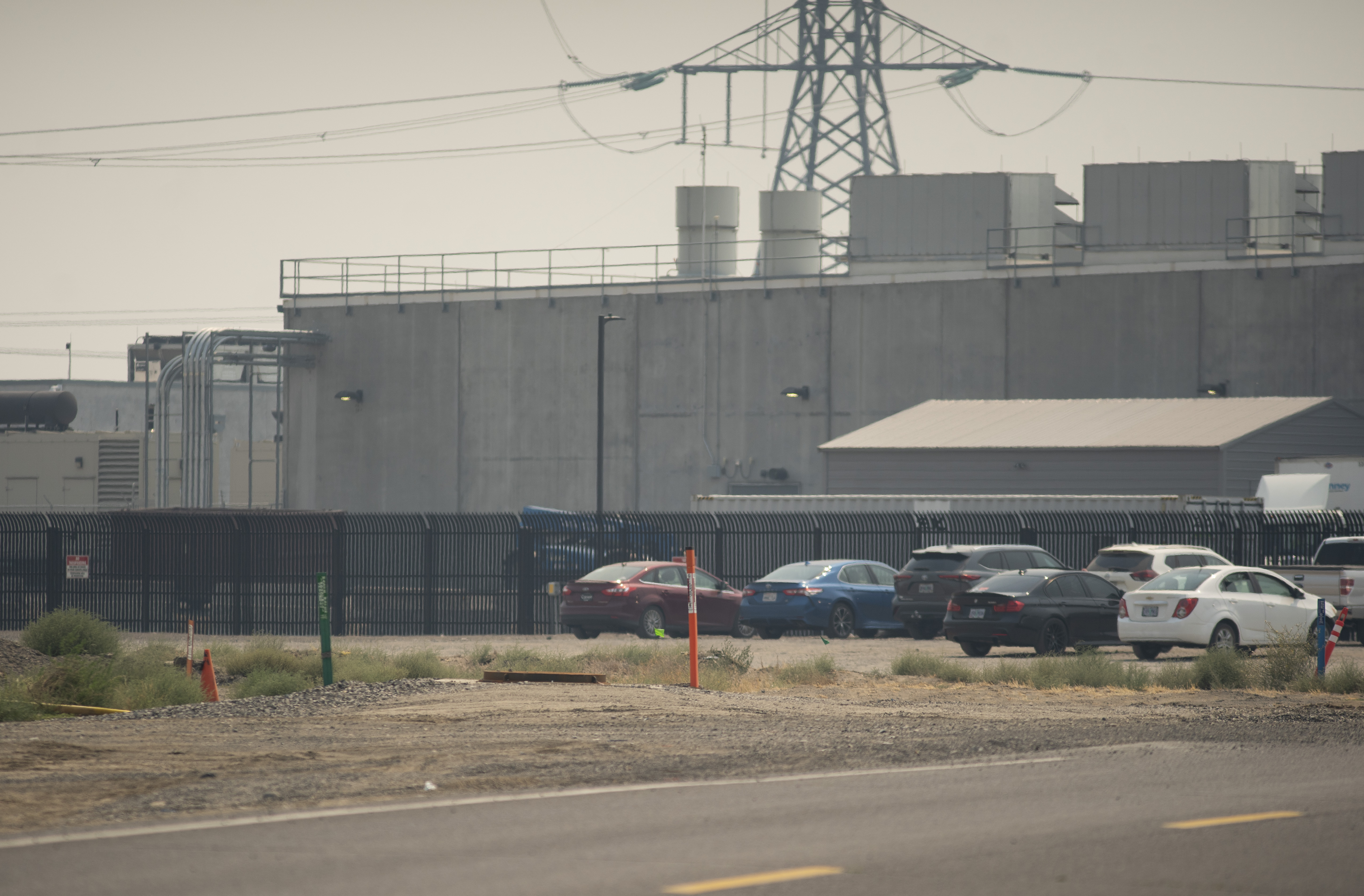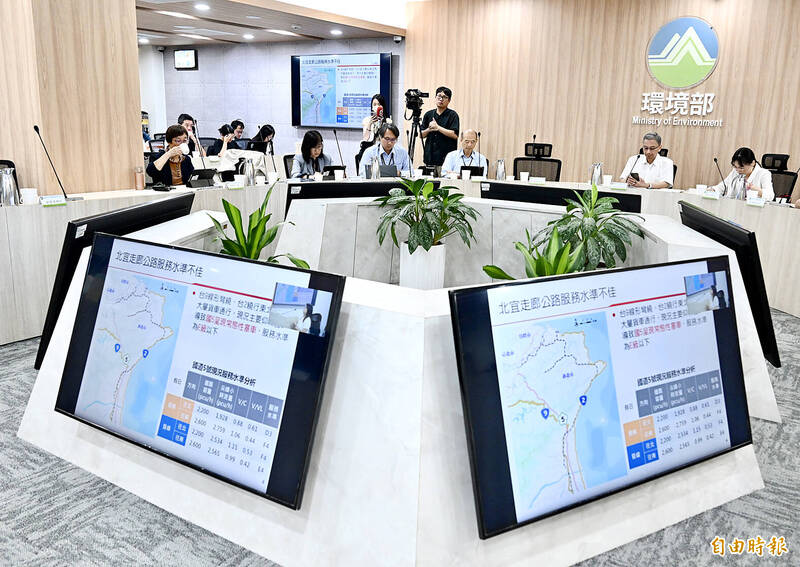
Stortec Engineering Advances Sustainable Waste-to-Energy Solutions in Australia
Project Overview
Specialist contractor Stortec Engineering has secured a contract to design and construct digesters and a hydrolysis tank for a new food waste-to-energy facility in Australia. This initiative aligns with multiple Sustainable Development Goals (SDGs), particularly SDG 7 (Affordable and Clean Energy), SDG 9 (Industry, Innovation and Infrastructure), and SDG 12 (Responsible Consumption and Production).
Innovative and Sustainable Technology
- Stortec’s Ultrastore stainless steel tanks, comprising 85% recycled material, contribute to SDG 12 by promoting sustainable material use and extending asset life.
- The project includes 4,000 cubic metre digesters equipped with Landia’s externally mounted GasMix mixing system, previously implemented at an anaerobic digestion site near Perth, Western Australia.
- The hydrolysis tank will utilize the Landia JetMix system with specially configured jetting nozzles, designed to process food waste with dissolved solids (DS) of 16% and a pH range of 5-8, supporting efficient waste conversion.
Industry Impact and Broader Applications
Matt Dickinson, Managing Director of Stortec, emphasized the growing global demand for sustainable solutions. Stortec operates as a design and manufacturing partner, serving not only the biogas industry but also the water, wastewater, and agricultural sectors. Their long-lasting solutions contribute to SDG 6 (Clean Water and Sanitation) and SDG 13 (Climate Action) by improving resource management and reducing environmental impact.
Challenges and Community Engagement
- Despite its potential, waste-to-energy technology faces controversy in Australia, with concerns about emissions and long-term health risks raised by local communities and environmental groups.
- Questions remain regarding the impact on recycling rates, highlighting the need for responsible implementation.
- A joint paper from The University of Sydney notes that increasing landfill levies, bans on waste exports, and ambitious circular economy strategies at federal and state levels are making waste-to-energy a pragmatic option.
- Stringent regulation and community consultation are identified as essential for project success, aligning with SDG 11 (Sustainable Cities and Communities).
Environmental and Social Benefits
- Modern waste-to-energy technologies can generate electricity and heat for homes with minimal emissions, supporting SDG 7 (Affordable and Clean Energy) and SDG 13 (Climate Action).
- These technologies extend benefits to local communities by providing sustainable energy solutions and improved waste management.
- Waste-to-energy projects complement Australia’s renewable energy targets and promote a circular economy, advancing SDG 12 (Responsible Consumption and Production).
1. Sustainable Development Goals (SDGs) Addressed or Connected
- SDG 7: Affordable and Clean Energy
- The article discusses the development of a food waste-to-energy facility, which contributes to clean energy generation.
- SDG 11: Sustainable Cities and Communities
- Waste management and energy generation technologies contribute to making cities more sustainable.
- SDG 12: Responsible Consumption and Production
- The focus on waste-to-energy technology and circular economy strategies aligns with sustainable consumption and production patterns.
- SDG 13: Climate Action
- Reducing emissions through modern waste-to-energy technologies supports climate action goals.
- SDG 9: Industry, Innovation and Infrastructure
- The design and manufacturing of innovative waste-to-energy infrastructure is highlighted.
2. Specific Targets Under Those SDGs Identified
- SDG 7: Affordable and Clean Energy
- Target 7.2: Increase substantially the share of renewable energy in the global energy mix.
- SDG 11: Sustainable Cities and Communities
- Target 11.6: Reduce the adverse per capita environmental impact of cities, including by paying special attention to air quality and waste management.
- SDG 12: Responsible Consumption and Production
- Target 12.5: Substantially reduce waste generation through prevention, reduction, recycling, and reuse.
- Target 12.4: Achieve environmentally sound management of chemicals and all wastes throughout their life cycle.
- SDG 13: Climate Action
- Target 13.2: Integrate climate change measures into national policies, strategies, and planning.
- SDG 9: Industry, Innovation and Infrastructure
- Target 9.4: Upgrade infrastructure and retrofit industries to make them sustainable, with increased resource-use efficiency and greater adoption of clean and environmentally sound technologies.
3. Indicators Mentioned or Implied to Measure Progress
- SDG 7 Indicators
- Indicator 7.2.1: Renewable energy share in the total final energy consumption – implied through the use of food waste-to-energy technology.
- Indicator 7.1.2: Proportion of population with primary reliance on clean fuels and technology – implied by the adoption of biogas energy.
- SDG 11 Indicators
- Indicator 11.6.1: Proportion of municipal solid waste collected and managed in controlled facilities – implied by the waste-to-energy facility managing food waste.
- SDG 12 Indicators
- Indicator 12.5.1: National recycling rate, tons of material recycled – implied by the circular economy strategies and waste reduction efforts.
- Indicator 12.4.2: Hazardous waste generated per capita and proportion treated, by type of treatment – implied by the management of waste through environmentally sound technologies.
- SDG 13 Indicators
- Indicator 13.2.2: Total greenhouse gas emissions per year – implied by the mention of minimal emissions from modern waste-to-energy technology.
- SDG 9 Indicators
- Indicator 9.4.1: CO2 emission per unit of value added – implied by the use of sustainable and efficient industrial technologies.
4. Table of SDGs, Targets and Indicators
| SDGs | Targets | Indicators |
|---|---|---|
| SDG 7: Affordable and Clean Energy | 7.2: Increase substantially the share of renewable energy in the global energy mix. | 7.2.1: Renewable energy share in total final energy consumption 7.1.2: Proportion of population with primary reliance on clean fuels and technology |
| SDG 11: Sustainable Cities and Communities | 11.6: Reduce the adverse per capita environmental impact of cities, including waste management. | 11.6.1: Proportion of municipal solid waste collected and managed in controlled facilities |
| SDG 12: Responsible Consumption and Production | 12.5: Substantially reduce waste generation through prevention, reduction, recycling, and reuse. 12.4: Achieve environmentally sound management of chemicals and all wastes. |
12.5.1: National recycling rate, tons of material recycled 12.4.2: Hazardous waste generated per capita and proportion treated |
| SDG 13: Climate Action | 13.2: Integrate climate change measures into national policies, strategies, and planning. | 13.2.2: Total greenhouse gas emissions per year |
| SDG 9: Industry, Innovation and Infrastructure | 9.4: Upgrade infrastructure and retrofit industries to make them sustainable with greater adoption of clean technologies. | 9.4.1: CO2 emission per unit of value added |
Source: gasworld.com






